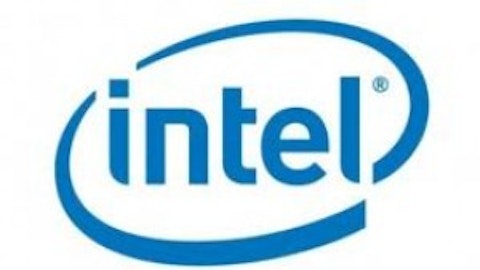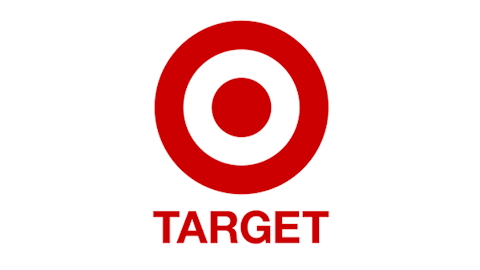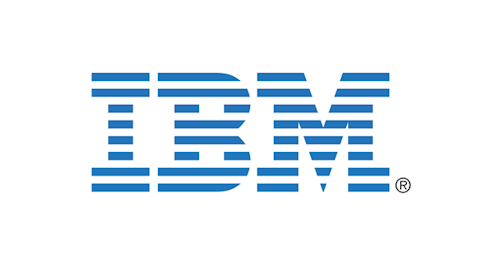If we look in those core businesses, global banking loans increased $4 billion during the quarter. Within wealth management loan balances grew $3 billion and our US consumer credit card receivables increased $2.9 billion during the quarter. We did have a $2.7 billion decline in our direct and indirect portfolio as we transferred a portfolio of student loans to held-for-sale. Our deposits grew from the end of the third quarter while short-term funding declined. We executed another successful issuance of $1.4 billion of preferred stock early in the third quarter and that benefited regulatory capital. Shareholders equity improved with both the earnings growth as well as the improvements in AOCI. As a result of that our tangible book value increased to $14.43 per share and our tangible common equity ratio improved to 7.47%.
We move to Regulatory Capital on Slide 5. Under the transition rules, our CET1 ratio was 12.3%. We look at our Basel III regulatory capital metrics on a fully phased-in basis. CET1 capital improved $6.2 billion during the quarter that was driven by earnings, deferred tax utilization as well as the improvement in AOCI. Our operational risk weighted assets during the quarter increased again. They now represent 34% of total risk weighted assets but notwithstanding that increase we were able to keep our Basel III advance ratio at levels consistent with what we saw at the end of third quarter. Under the standardized approach, our CET1 ratio improved from 9.5% in the third quarter of ’14 to 10% at the end of the year. We look at our supplementary leverage ratios. We’ve done a lot of work over the past year to improve those. Obviously the fully phased in kick-in in 2018. We look at where we ended the quarter at our bank holding company our SLR ratio was a 5.9% and our primary banking subsidiary BANA, we were at approximately 7%.
We turn to Slide 6, Funding and Liquidity. long-term debt ended the quarter at $243 billion, down $7 billion from the third quarter of ’14. We have done a lot of work over the past couple of years to smooth out our parent company maturity profile and as you can see we have $22 billion scheduled to mature in 2015 and comparable amounts over the next 4 to 5 years. Our global excess liquidity sources reached a record level during the quarter and closed at $439 billion and within those global excess liquidity sources our parent company liquidity improved $5 billion from the end of the third quarter to $98 billion at the end of the year. Time to required funding increased to 39 months during the fourth quarter and during the quarter we continued to increase our estimated liquidity coverage ratios at both the consolidated as well as at the bank levels. At the end of the year we’re well ahead of the 100% fully phased in 2017 requirement at the consolidated level and at more than 90% at the bank level, which is well ahead of the 80% phased in 2015 requirement and are well positioned to achieve the 2017 requirement.
We turn to Slide 7 on Net Interest Income. Our net interest income on an FTE basis was $9.9 billion down from the third quarter of ’14 as a result of the more negative market-related adjustment I mentioned a moment ago which also drove a reported net interest yield decline of 11 basis points. Lower long-term rates coupled with the flattened yield curves resulted in adjustments to our assumptions to our bond premium amortizations which drove the $578 million of market-related adjustments in the fourth quarter versus the negative $55 million we saw during the third quarter of ’14. We adjust this market-related adjustment, NII was $10.4 billion and declined less than $100 million from the third quarter of ’14 despite the challenging rate environment we saw during the fourth quarter.





